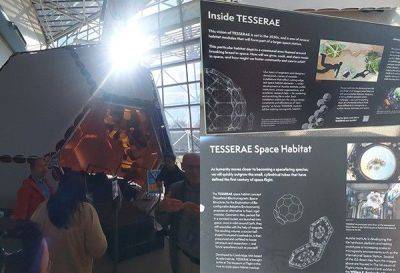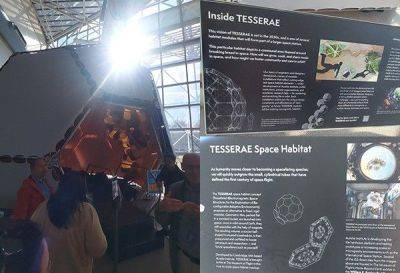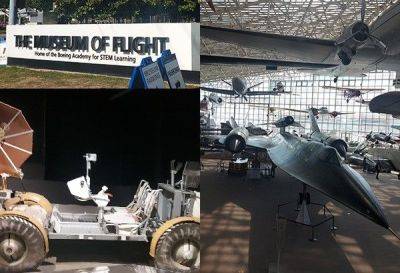Animals in space remembered at Seattle exhibit
SEATTLE, USA — Did you know that the first Earth organisms to go into space were fruit flies aboard a US V-2 rocket launched into sub-orbital flight in 1946?
A small but poignant exhibition in Museum of Flight is dedicated to the first animals in space, providing trivia and archival photos of the first Earth species to reach space before humans did.
“Before humans were sent into space, the United States and the Soviet Union launched a number of animals – most notably dogs, monkeys and chimpanzees – so scientists could study the biological effects of acceleration, radiation and weightlessness,” part of the exhibit’s description reads.
After assessing the chimpanzee’s vital organs and mental capabilities, they were then trained to do simple tasks on space, the description added.
“Between 1948 and 1960, the US launched monkeys of several species into sub-orbital flight aboad V-2, Aerobee, and Jupiter rockets. Some died during flight or on impact when returning to Earth,” the exhibit’s description reads.
Perhaps, the best-known animal space traveler is a Soviet dog named Laika, but did you know that Laika has a surname?
“Laika (Barker) is undoubtedly the best-known non-human space traveler,” the museum says in the description.
Launched onboard Sputnik-2 on November 3, 1957, Laika became the first animal to orbit Earth.
“Working in a rush of political pressure, Soviet scientists made no plans for a reentry, and the dog was not recovered. Laika died long before Sputnik-2 burned up in the atmosphere five months later.”
In 1961, Ham became the first chimpanzee in space when he made a sub-orbital flight aboard a US Mercury-Redstone rocket.
To test his psychological capacity during space flight, Ham was trained to do simple tasks like pulling levers when lights turn on. He returned to Earth a little dehydrated, but otherwise, was in good condition.
Later that year, another US chimpanzee, Enos, orbited the Earth aboard a Mercury spacecraft and returned home safely.
“Animals have always been important to the space program,” wrote Angela White in a research paper filed by the National Aeronautics and Space Administration (NASA).
“The United States flew monkeys in







